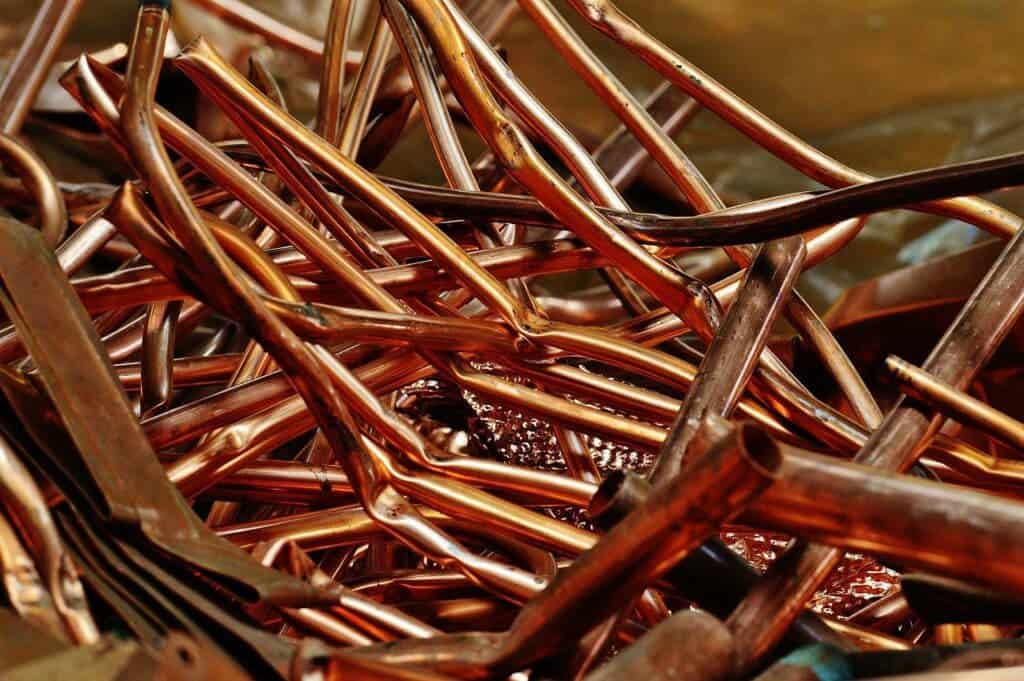Wearable copper garments are showing great promise in killing pathogens on our skin. But they could also help protect surfaces around us, as well.

How far would you go to keep yourself and your loved ones as safe as possible from pathogens such as bacteria and viruses? Would you even make some fashion changes? Hopefully you said yes, as new research is reporting on a wearable copper nanomesh that can kill 99.99% of bacteria and viruses on the skin within 10 minutes.
The findings build both on published research and ancient knowledge of the antimicrobial properties of copper. This metal has been in use for medicinal purposes since Antiquity, with the oldest known medicinal text, the Edwin Smith Papyrus, detailing how copper can be used to purify water, dress wounds, and even treat venereal disease.
Healthy fashion
Copper’s antimicrobial properties come down to its physical characteristics. This metal releases ions, electrically-charged particles — that can interact with living cells. For multicellular organisms like you and I, this interaction isn’t even noticeable. For organisms like bacteria, however, the action of a copper ion is massively destructive, as the atom’s electrochemical properties cause it to rip apart the bacterium’s structures. Copper ions puncture through the membrane of a bacterium or the outer shell of a virus and damage their DNA or RNA strands.
Even better, because this interaction is based on electrochemical processes, not biological ones, drug-resistant pathogens are in no way protected from its effects.
Back in 2008, the U.S. Environmental Protection Agency (EPA) recognized the metal’s usefulness by naming it the first solid antimicrobial material. In 2021, the agency further announced that copper surfaces protected us against viruses, including SARS-CoV-2.
Such effects are also supported by research showing that lining hospital surfaces with copper can help dramatically lower the incidence of bacteria that can survive inside such facilities. Despite its efficiency, however, it would be difficult and expensive to produce, ship, and replace existing equipment with copper-lined alternatives, and apply the metal to the structure itself.
The next best thing, the team explains, is to put the copper on the people inside the building. According to lead author Jae Joon Kim, a researcher at the University of Tokyo, wearing meshes of copper can help protect us from pathogens by drawing on the metal’s ability to destroy them.
In order to create the mesh, the team spun copper fibers into random orientations and then flattened them. This increases the surface area of the mesh, maximizing the release of copper ion atoms. On average, the copper mesh suit is only three microns thick, being about 20 times as thin as the average strand of human hair.
Being transparent, the nanomesh can be used to cover functional surfaces such as touch screens or displays without impacting their functionality.
“All our senses are maintained when we are wearing it,” Kim says. “We call these devices forgettable devices. Once we put them on, we forget. We can’t feel any difference.”
The nanomesh has so far only been tested on people, but the team is confident that it can be made to adhere to surfaces as well. This would be especially useful for heavily-touched surfaces in at-risk areas, such as hospitals, to prevent the rapid spread of pathogens among a large group of people.
Being transparent, the nanomesh can be used to cover functional surfaces such as touchscreens or displays without impacting their functionality.
The paper “Antimicrobial second skin using copper nanomesh” has been published in the journal Proceedings of the National Academy of Sciences









